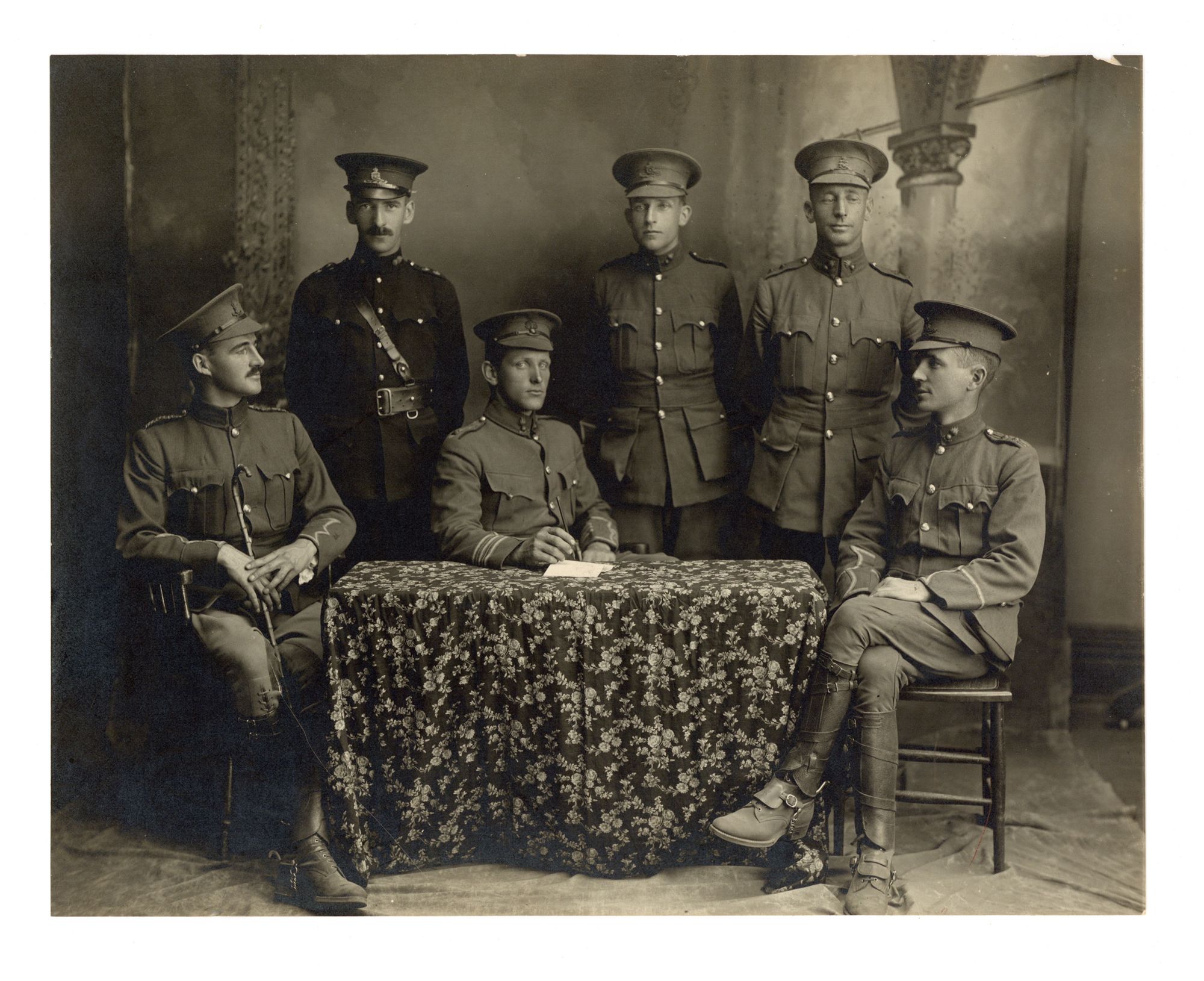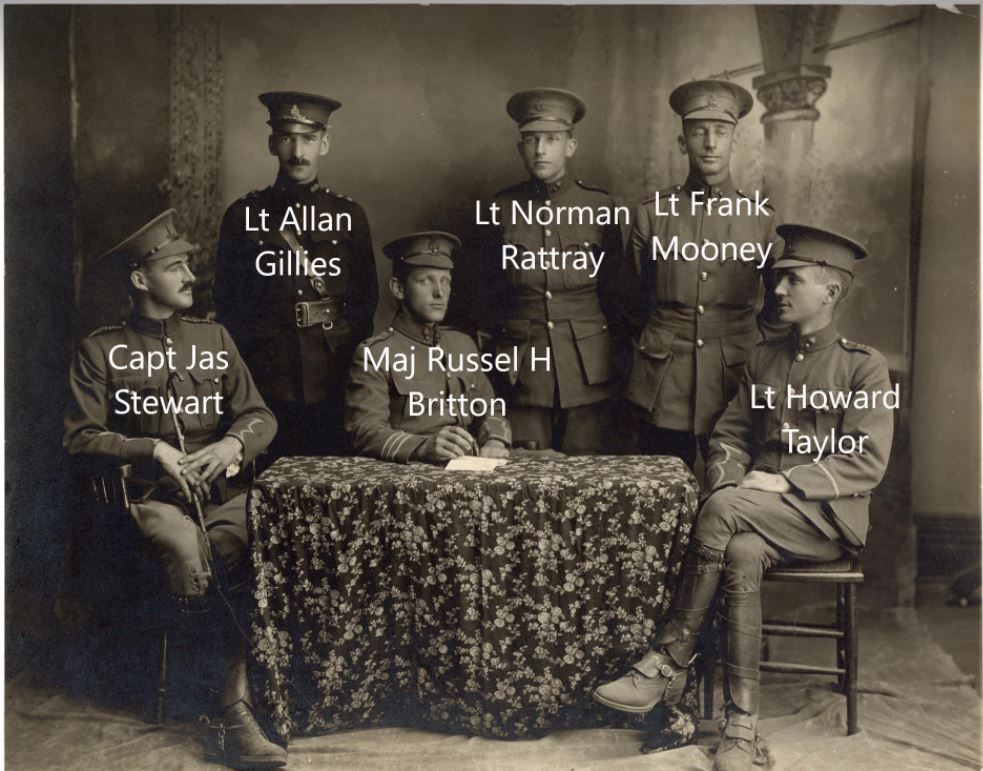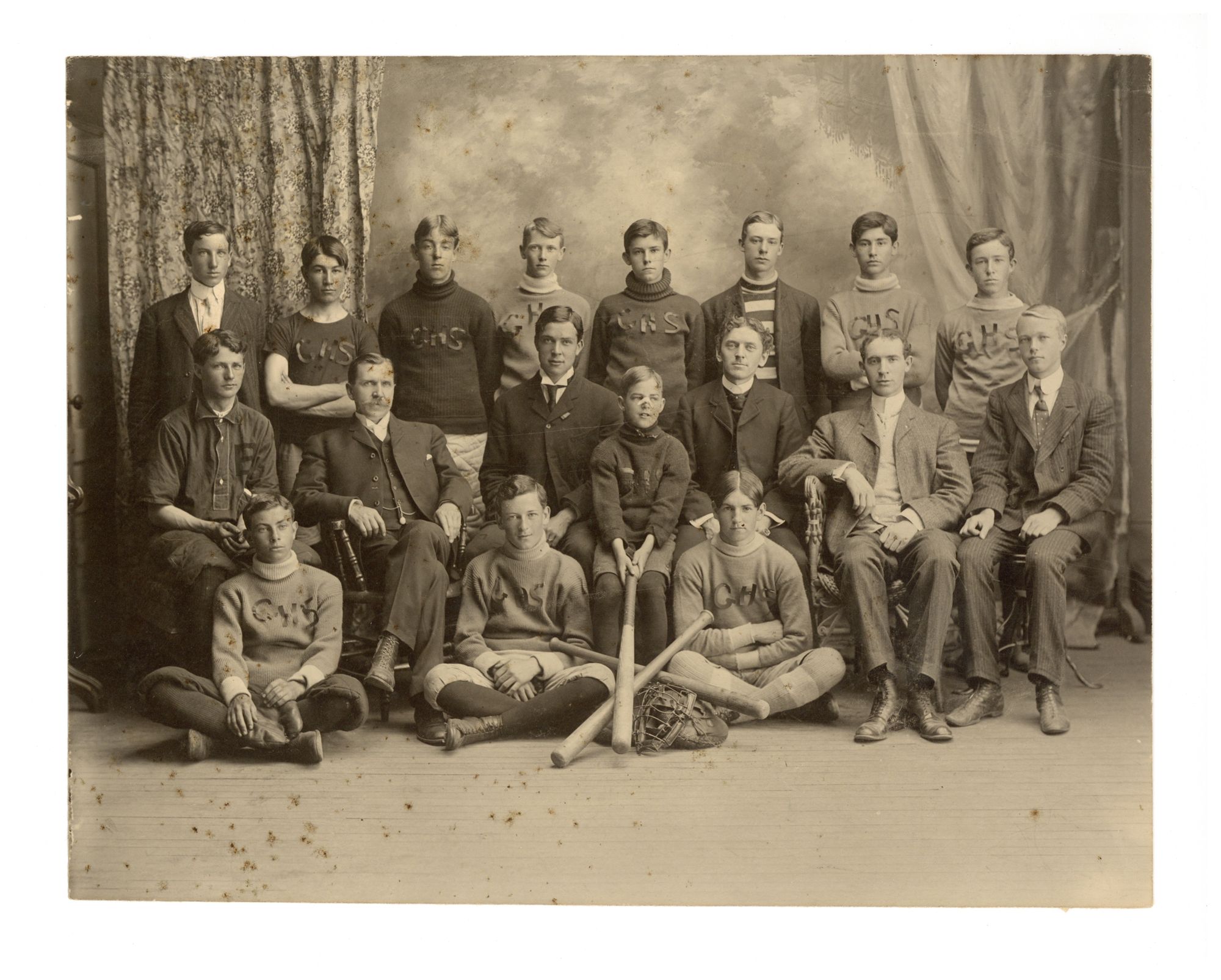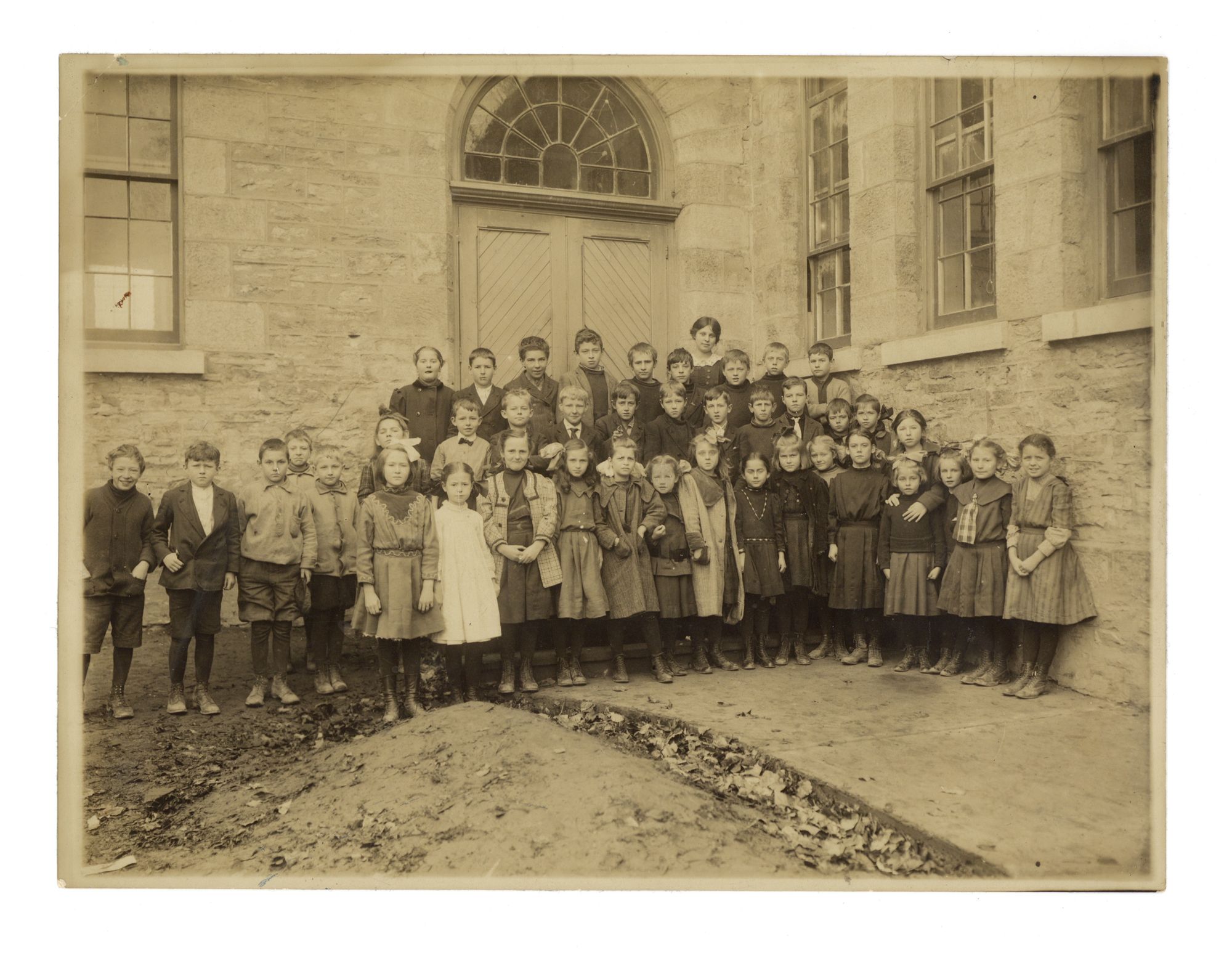Museum collections are a gateway to the cultural past of communities. This is certainly the case for the Town of Gananoque Civic Collection at the 1000 Islands History Museum. The Civic Collection contains over 10,000 objects and archival items, representing the rich history of Gananoque and the 1000 Islands region. This cultural resource has been largely inaccessible to the public for some time. However, the 1000 Islands History Museum is working hard to bring this valuable cultural resource to the public. One way the Museum is opening up access is through the highly successful photograph program on the Museum’s social media platforms.

Over the past year, staff at the 1000 Islands History Museum implemented a large project focused on the Archival Collection of the Town of Gananoque Civic Collection. This project was made possible in part thanks to a grant from the Library and Archives Canada Documentary Heritage Communities Program. The project’s goals are to improve preservation, documentation, and access to the archives. Much of the work centered on improving the physical storage and catalogue records for a large group of archival items. However, the project’s most significant impact involves digitizing the archival collection and increasing access to the collection online.

Digitization involves creating high-quality digital copies of the physical archival items. The process serves two purposes. The first is to create a digital copy for preservation in case of degradation or destruction of the original. The second is to create a digital copy so that the item can be accessed outside the collection storage environment. This digital copy can then be used in museum exhibits, promotional material, and research without risk to the original physical copy. It also allows the Museum to use the item for public outreach and engagement.
One of the project highlights is the 1000 Islands History Museum’s social media program, featuring old photographs from the Civic Collection. The program involves posting photographs to social media, which are lacking information in the Museum’s records, and asking the community to contribute any information they can. Photographs include items such as old class pictures from local schools, sports team portraits, and group photographs of employees at local historic businesses. Most photographs were taken during the early to mid-1900s, but also include both older and more recent items. Already over 75 people have been identified.


The social media program is a unique opportunity to increase access to the Civic Collection. Not only does the Museum benefit, but the community can also engage with the archives in new and exciting ways. Because of digitization and social media, the community can view archival photographs previously confined to collection storage rooms and which therefore weren’t accessible. People can now see a select number of archival collection items from the comfort of their home or anywhere with an internet connection. Social media also allows the public to engage with the photographs in meaningful ways. Members of the community can provide helpful information for the Museum, leave personal comments and reactions, and ask questions. People often recognize family members and people and places from their childhood. People are also engaging with each other in the comments sections of the social media posts, leading to friendly discussions. This level of engagement and personal connection with the collection was previously impossible and has surpassed all expectations.

The social media program is also helping the 1000 Islands History Museum improve the Civic Collection catalogue record. Members of the community have provided invaluable input regarding the posted photographs. The public has helped to identify unknown individuals, including school children, soldiers in uniform, amateur athletes, and local workers. They also have helped to identify historic buildings no longer in existence, and have provided important context for the settings of some photographs. The community is an invaluable source of historical information, and the Museum is incredibly fortunate that so many people are willing to share their knowledge. The Museum can now use community input to provide better information for future exhibits, programs, and public research requests.


The success of the social media program is a pleasant surprise for the 1000 Islands History Museum. The pandemic caused severe limitations on physical access to the Museum due to closures and capacity limits. However, the social media program allowed the Museum to reach the public and encourage engagement in new ways. Followers on the Museum’s social media platforms and numbers of reactions, comments, and sharing on posts have increased. These increases clearly demonstrate the community’s interest in regional heritage and culture. They also show the effectiveness of online museum programs and online access to heritage collections in the digital age.
The most important result of the program is the increase in access. The 1000 Islands History Museum is dedicated to increasing the sense of ownership and awareness of the Civic Collection among the community. This involves making the collection as accessible as possible. This project is an important start, but the Museum is committed to making even more of the collection accessible to the public through future onsite and online experiences. The Civic Collection ultimately belongs to the community. Projects like this at the 1000 Islands History Museum emphasize the role that the Museum and the community can play in communicating and engaging with cultural heritage.
Facebook Gold: These are just a few of the comments received for the photograph. It is what this editor calls “Facebook Gold.”
Paul Scott: The Spring and Axle Co. was started in 1883 by Wm. Matthews on the property where Brennan Marine located. Pat, do you know when Wm. Byers joined the company? It later located where Gan Brewing Co. is now, and this image may have been taken along the wall where the outdoor pub is. Would have to check out the windows for a match.
Paul Scott: On the other hand, I notice brick above the stone ground floor, more likely taken when located on Mill St.
Pat Byers: Hi Paul, I don't have that info. William Byers and two of his brothers, Robert and David, moved to Gan from Maitland around the late 1860s. The three were involved in various industries, mainly metal working. Many Gan business came and went or merged around that time so it's difficult to establish who was in business with who and when. My guess is Byers and Matthew became business partners shortly after Matthew established the business. Apparently, they weren't just business partners but were good friends too because they're buried close to each other at the Gan cemetery.
Pat Byers: I assume this was the Byers and Matthew business. William Byers, the first mayor of the town of Gananoque, was my grandfather's great uncle. I don't recognize him in this picture but I'm curious about who these men are.
1000 Islands History Museum: Thank you, Pat! We are curious as well. So far, none of the men have been identified
By Zane Smith
Zane Smith is the Collections Coordinator at the 1000 Islands History Museum. He is originally from New Brunswick, where he earned a bachelor’s degree with honours in History from St. Thomas University. A life-long history enthusiast, Zane moved to Ontario in 2017 to complete the Applied Museum Studies program at Algonquin College. He began his position as Collections Coordinator after graduating from Algonquin in the spring of 2020.
Posted in: Volume 17, Issue 3, March 2022, History, Places
Please click here if you are unable to post your comment.
